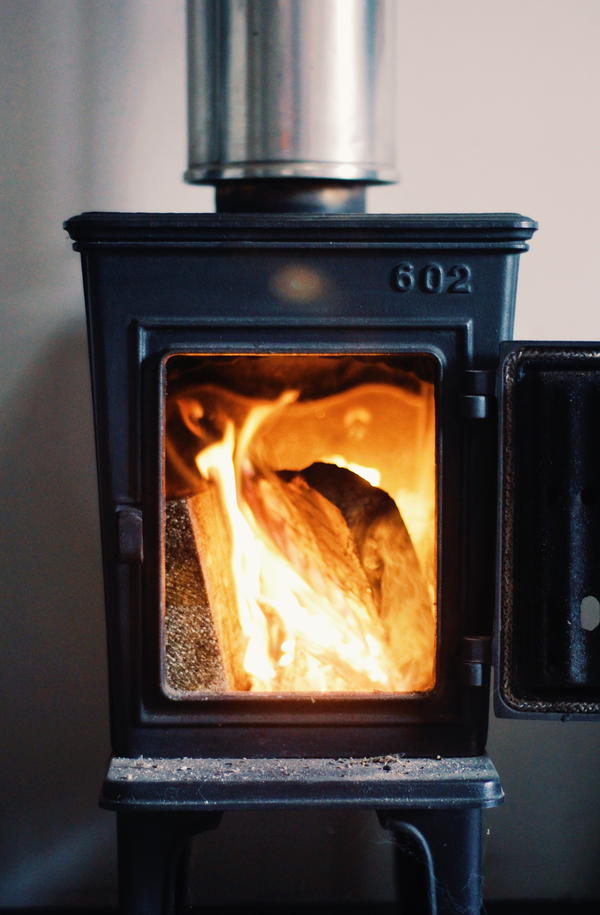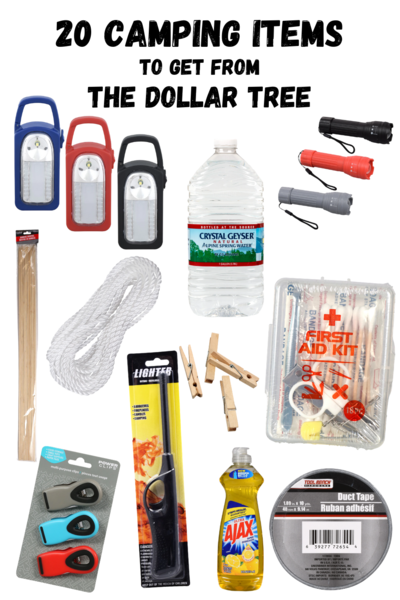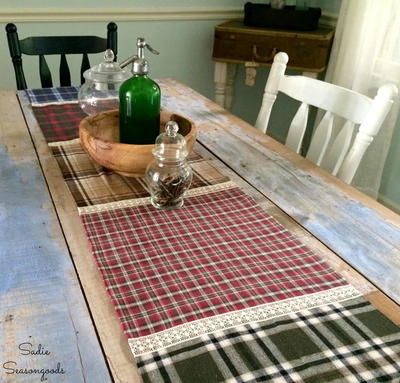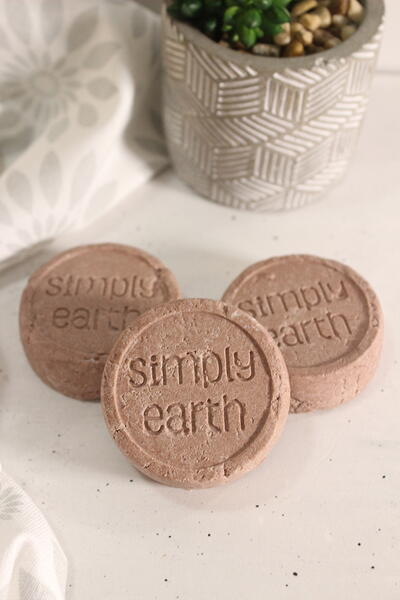How to Save Money on Your Heating Bill
These 19 tips will reduce your heating bill this winter

Brrr! You might be feeling the winter blues when your first seasonal heating bill arrives. This guide on how to save money on your heating bill will eliminate the wintertime worry over high utility bills while ensuring you don't freeze in your home. These winter energy saving tips will keep your house warm without going over your prepared personal budget. You'll stay cozy all season long and save a high percentage on your home's heating costs.
Many of these tips are steps you can take around your home at no cost. Lowering your thermostat and clearing your furnace registers are just the beginning of this detailed guide. These ideas are simple and budget-friendly, so you can follow all or most of them to maximize savings. Whether this is the first winter in your home or you're a seasoned veteran, you can take additional home repair steps to save on home heating. Cut your winter heating bill in half and stay toasty in your home!
Method 1: Turn Down the Heat
- Lower Your Thermostat. You can save up to 10% a year on your heating costs by lowering your thermostat 7 degrees for at least 8 hours a day.
- Bundle Up. When lowering your thermostat, stay bundled up with extra clothing and blankets. Make sure to wear socks because you lose a lot of heat through your feet.
- Upgrade Your Thermostat. A programmable thermostat will cost a little more, but you can schedule lower temperatures while you sleep or are away from home.
- Buy a Portable Heater. If you only need to heat one room in your home, a space heater is a good solution as long as you turn down your central heating. If you want to heat your entire home, having multiple heaters will increase your bill much more than turning your thermostat up a few degrees.

Method 2: Check Windows and Doors
- Replace Worn Weatherstripping. 7-12% of your heating loss comes from doors and windows. A simple way to prevent this loss is by replacing old weatherstripping around these areas. Consider the durability of the weatherstripping based on how often the door or window is used.
- Adjust Thresholds. If your door is not touching the threshold, you are losing a lot of heat that escapes under the front door. Many thresholds have adjustable screws so you can easily make your door meet the threshold.
- Cover Windows with Film. Covering your windows and patio doors with plastic film can reduce your heating costs by 14%. The film is easy to attach and can be removed quickly in the spring when you no longer need to retain heat.
- Lock Windows and Doors. Locking your doors and windows will provide a tighter air seal to eliminate drafts.
Method 3: Home Repair
- Plug Holes in Exterior Wall. Pipes, gas lines, and electrical cables that enter your home from the outdoors are probably also allowing cold air to flow into cracks around them. Use expanding foam around all of these holes to ensure cold air doesn't enter your home.
- Insulate Attic Access. You don't want precious heat to rise straight out of your attic. While your attic is probably insulated, the entry door may not be. Add some insulation to the access so you keep your heat trapped where it belongs.
- Seal Leaks in Ductwork. Check accessible ductwork in your attic and basement to see if the ductwork has split apart. You can lose 20-30% of the air that passes through the system with leaks that go unresolved. Add some mastic sealant or metal tape to close these leaks and retain your airflow.
- Invest in Insulation. If your home isn't properly insulated, you'll lose hundreds of dollars each year by letting heat escape in the winter and enter in the summer. You can find inexpensive insulation that can line areas of your home that will lose a lot of heat like attics and basements.
- Change Air Filters. Changing your furnace air filter monthly will increase the airflow in your system and extend the life of your furnace. Most furnace filters can be purchased for less than $10.
Method 4: Trap Existing Heat
- Block the Chimney. A lot of heat can escape your chimney flue when not in use. While closing the flue helps, you can still lose hot air. An inflatable chimney balloon will cost about $50 but saves you, on average, $100 a winter. The balloon even self-deflates when you start a fire, so you never have to worry about removing and re-installing.
- Use the Sun. What's a better way to add heat to your home than by using the sun? Keep blinds open during daylight to let natural lighting in and heat your home naturally. Put up blackout curtains at night to keep the heat inside your house.
- Keep Registers Clear. Blocking airflow from your registers will limit the heat that enters a room. Always keep registers clear to maximize heat.
- Use Ceiling Fan. Did you know that ceiling fans can both warm and cool your home? By reversing the direction of your fan, you will actually push warm air down and keep it circulating back to you.
- Get a Humidifier. Adding humidity to your home will give the feeling that your home is warmer. The moisture in the air will trap heat better making the warmth last longer.
- Don’t Use Ventilation Fans. Ventilation fans in your shower and kitchen are great in the summer for removing excess heat and steam, but in the winter, they will remove trapped heat in your home. The added steam from a shower will act as a humidifier and trap warmth in your home while using your oven will make the kitchen extra toasty.

How do you lower your heating bill at home? Let us know in the comments below!















